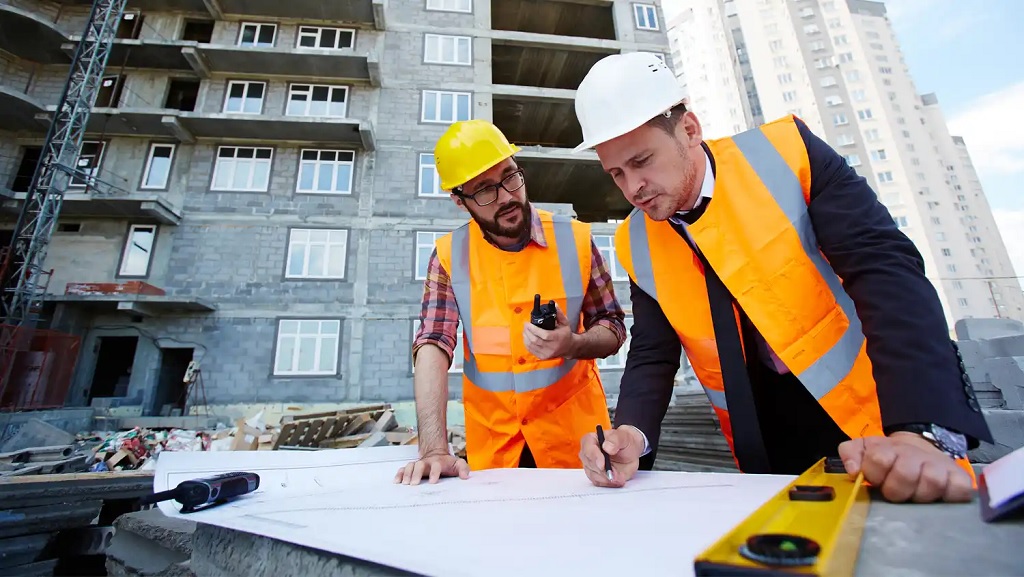Navigating the vast world of home repairs can be daunting, especially when it comes to something as significant as foundation work. Now throw in the challenge of ensuring eco-friendliness and sustainability! Ah, Melbourne homeowners, fear not. The Rectify Underpinning Melbourne solutions have not only become technologically advanced but are also stepping up in the eco-friendly department.
The Green Shift in Underpinning
Nowadays, everyone’s buzzing about sustainability – from the coffee cup you’re holding to the car you’re driving. So, why should your home’s foundation be any different? The underpinning industry is taking giant strides towards integrating green solutions, and here’s the low-down:
1. Material Matters:
Materials play a huge role in determining the sustainability of any construction or repair process. Biodegradable hydraulic cement is making waves in the underpinning world, reducing the carbon footprint one foundation at a time. Reusing and recycling old materials, as opposed to dumping, is another green leap forward.
2. Water Conservation:
Water damage often necessitates underpinning. Ironically, traditional underpinning can be water-intensive. Enter modern methods that require less water. Plus, they address groundwater concerns ensuring that the local aquifers remain uncontaminated.
3. Energy Efficiency:
Efficiency isn’t just about speedy work; it’s also about the energy consumed in the process. Techniques that require less machinery or run on alternative energy sources are gaining traction in Melbourne and for a good reason!
4. Soil Health:
You might wonder, “How does soil come into the picture?” Well, it’s pivotal. Ensuring that the underpinning process doesn’t adversely affect the surrounding soil is crucial. Avoiding chemical spills and prioritising natural stabilisers ensures Mother Earth remains unharmed.
5. Longevity = Sustainability:
Here’s a simple equation: The longer the repair lasts, the less frequently you’ll need to redo it. This means fewer resources used over time. Opting for durable underpinning solutions is a win-win for homeowners and the environment.

